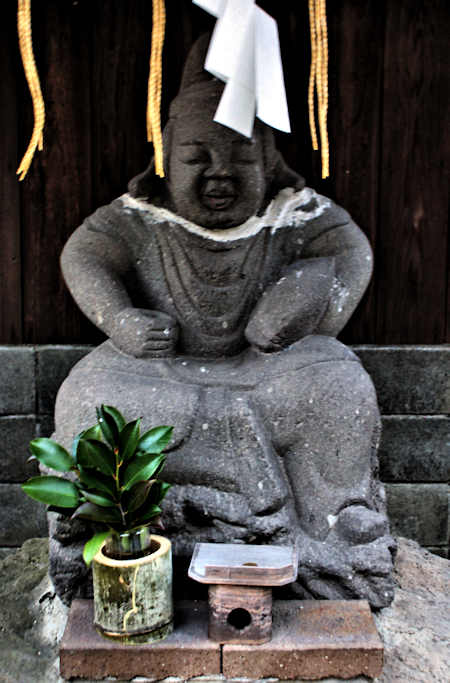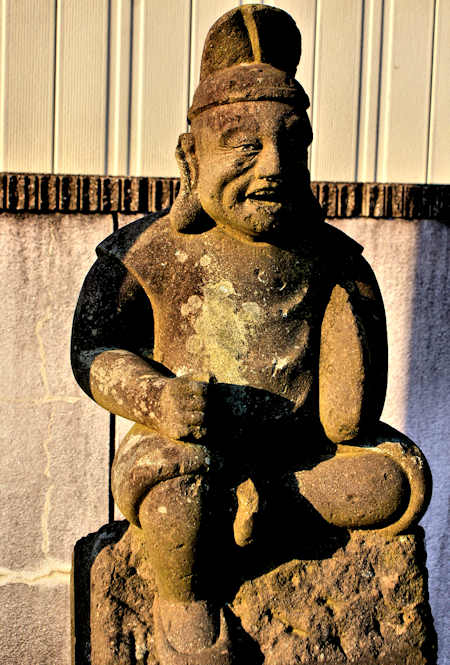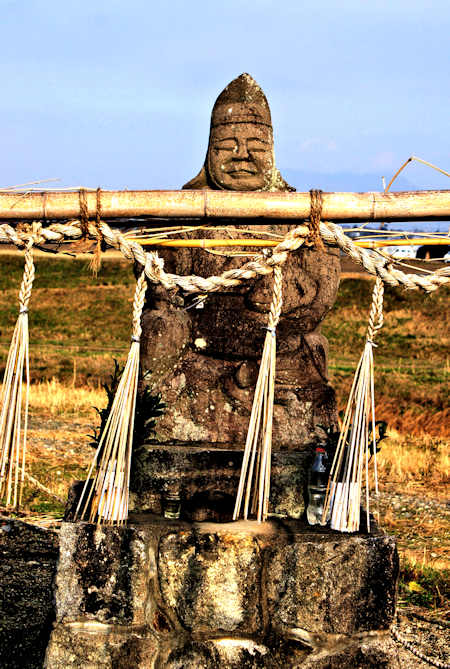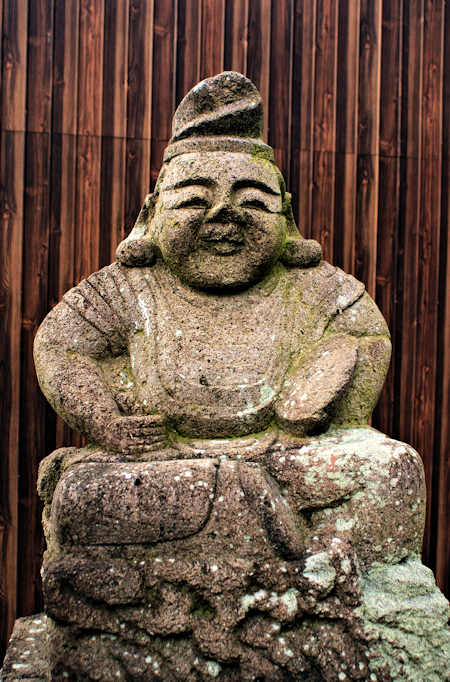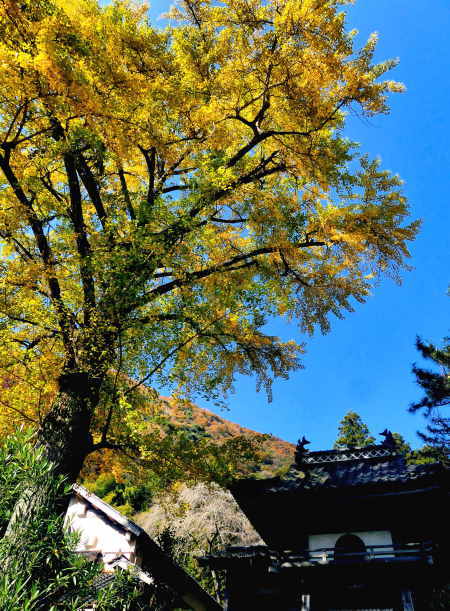A few days ago I posted 7 shots of Ebisu statues I found along the Hita Kaido while walking day 52 of my walk around Kyushu. There were A LOT of Ebisu staties. here are another seven. That was not all I saw in this one day, and if I had gone looking I am sure I would have found even more.
Usually depicted with a Sea Bream tucked under his left arm, ad a fishing rod in his right, this suggests that Ebisu was originally a fishing god, but by the Edo period, when these statues probably date, he was more well known as one of the Seven Lucky Gods.
Among the Seven Lucky Gods, Ebisu is singled out as being the only Japanese god of the seven. He is very often paired with Daikokuten. Originally a Hindu deity, Daikoku is written with the same Chinese characters as Okuni, so he became equated with Okuninushi. Okuninushi's son, Kotoshironushi, is featured in the ancient myths as always fishing, so the two became equated with Daikoku and Ebisu.
The Meiji government cemented this identification when they decided that the head shrine for Ebisu in Japan was to be Miho Jinja. Located in Mihonoseki at the tip of the Shimane peninsula, a site where Kotoshironushi enjoyed fishing.















